From One Coin and Currency to Another
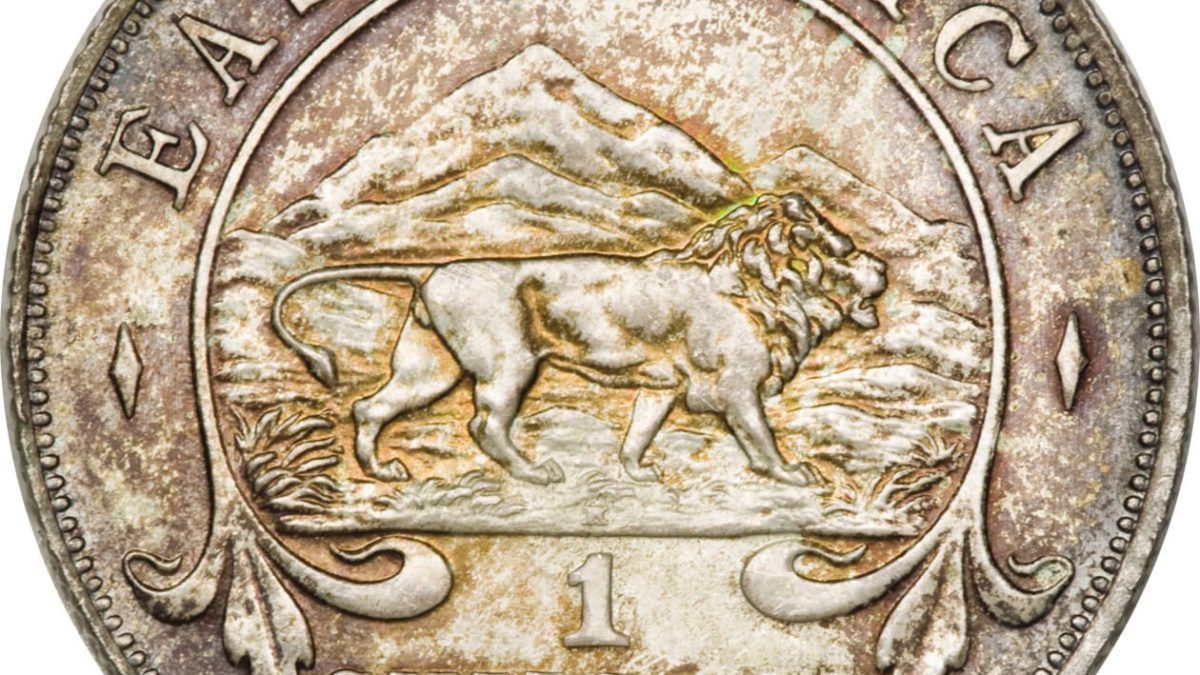
EA Shilling
Before the Maria Theresa Thaler’s minting in Austria, Lydians, Chinese and ancient Indians were the earliest issuers of coins in the world. India’s first coins were minted in the 6th century by the republic kingdoms of ancient India. The coins, originally irregularly shaped, took on various changes over the years – both in appearance as well as names. The defining moment in this evolution was when ruler Sher Shah Suri issued a silver coin termed Rupiya and was divided into forty copper pieces termed as ‘paisa’.
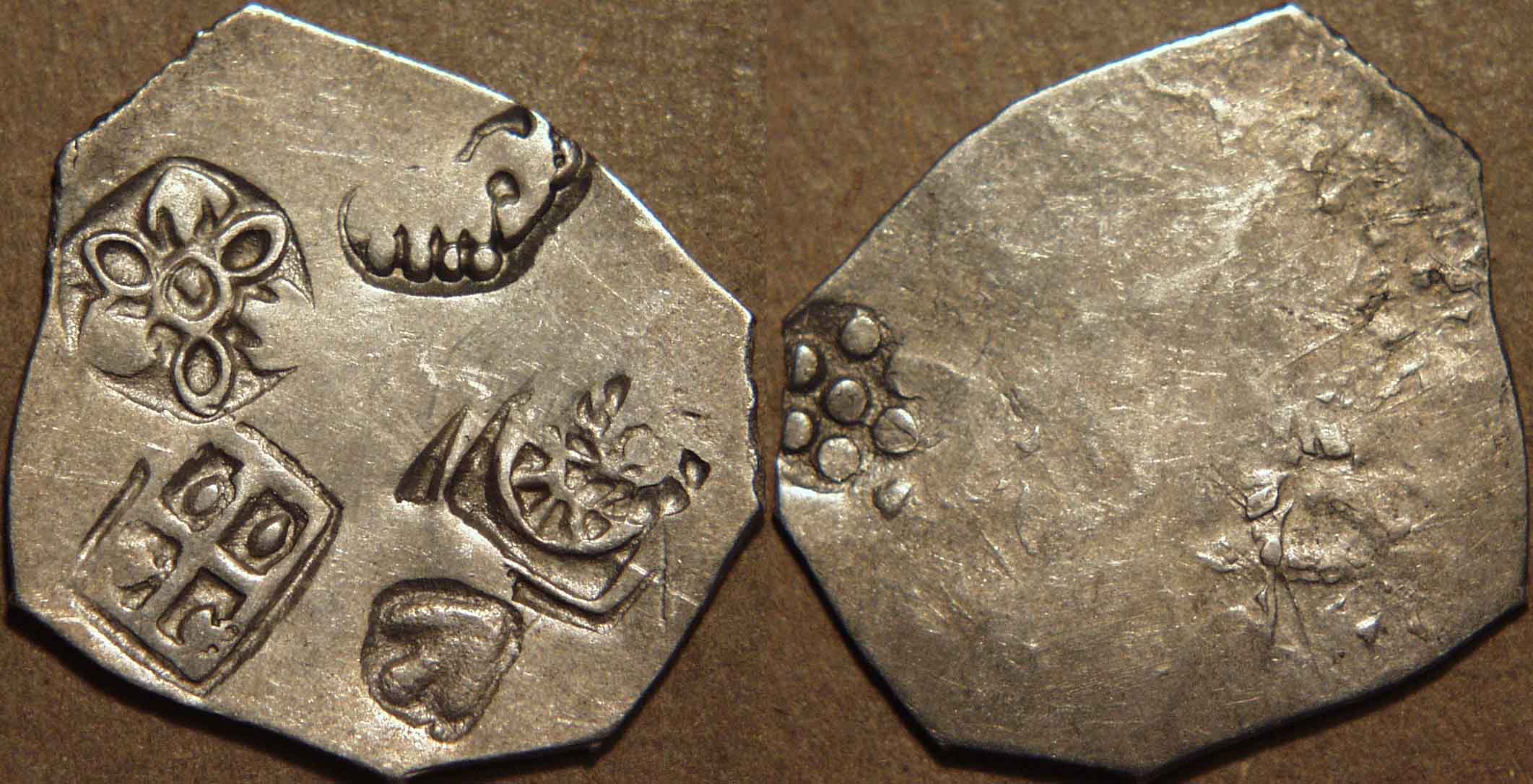
India’s first coins
In the 1600s, the British East India Company set up in India, and by then, the Rupiya was common among Indians. It grew in popularity, even among the British who used British Pounds. The Rupiya was eventually exported as a currency to other British colonies.
Following India’s independence in 1946, their monetary system remained unchanged for a while. The Rupiya, also referred to as Rupee, was turned into notes while Pice was the name designated to coins. 1 Rupee consisted of 64 Pice.
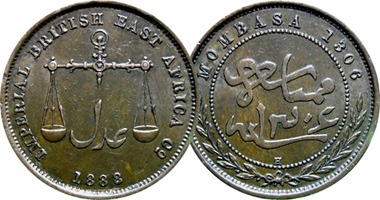
One Pice
*
In May of 1896, construction of the Lunatic Express commenced in Mombasa. Indian labourers, commonly known as ‘coolies’, were brought in specifically for this construction work. The terms of work were that their expertise would be put into the construction, and they would be paid in Rupees and Pice.
The railway line was hard to miss. With all the prophecies foretold within various communities, the “long snake’s” construction moved from the coast and slowly passed through lands inhabited by some of these tribes. The emergence of Rupee-Pice currency to the interior was noted by different communities and the currency acquired different names. Pice coins, which were widespread around the coast, were re-named ‘Pesa’. This was largely due to the linguistic nature of these communities.
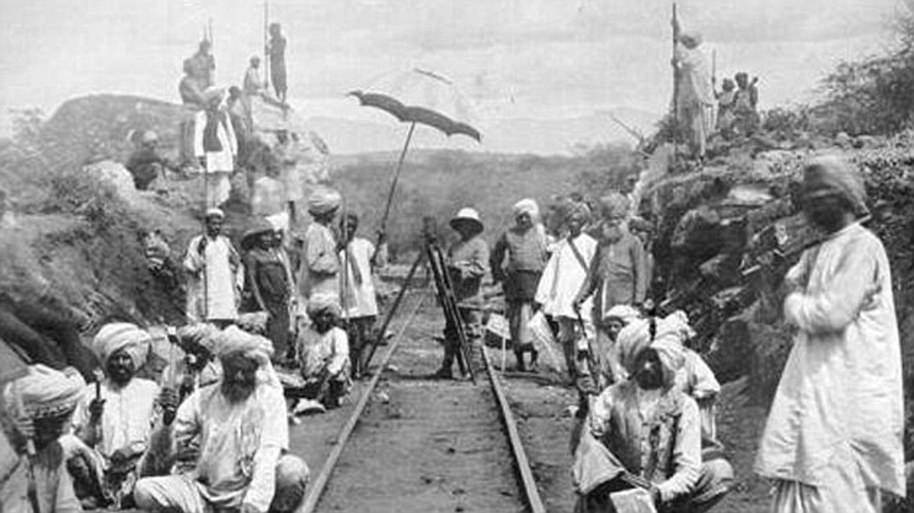
Indian Coolies building Railway Line
Pesa was adopted by the Arabs at the coast who, by then, had formed trading relationships with the tribes in North Eastern Kenya who pronounced the word as Besa.
Further inland from the coast, various communities adopted the imported terms for money. There were still those that had heard of rupee – which were referred to as Robia, Rubia, Zirupia and Chirupa. However, the Pice became the coin of common trade.
Sometime earlier, in February of 1885, The Imperial British East Africa Company (IBEA) had been established. During the railway construction, one of IBEA’s mandatory tasks was to establish trade into the interior. Much later, there were challenges in the economic environment following the end of World War I in 1918. Towards the end of that year, a London based institution, The East Africa Currency Board (EACB) was decided as the department responsible for the provision of currency in East Africa. The EACB agenda was to ensure the British had control over the currency in the protectorate and they soon began the process of changing Rupees and Pice to a currency convertible to the British Pound. The Board introduced an intermediate currency based on the English Florin (a low value British coin) to ease the transformation from Rupee. The Florin would be similar to the Rupee and was in use between 1920 and 1921. The new currency that was the final result of the transition was named Shilling. The Shilling was used interchangeably with the British Pound at a rate of twenty Shillings to one Pound.
Cents were named for the coins that were less than one Shilling, and one Shilling was equivalent to 50 Cents. The Shilling notes retained the inscriptions of Arabic and Hindu, but incorporated English. For the public, former notes and coins had to be exchanged to the new issue.
These became the official currency of the East Africa Protectorate virtually unchanged till independence of the three territories that would be Kenya, Uganda and Tanzania.

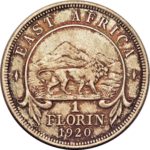
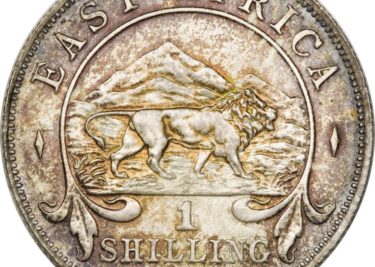



1 Comment
Informative